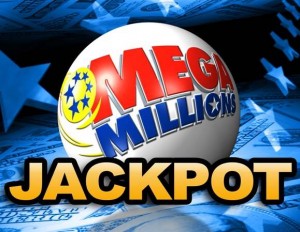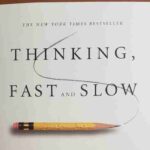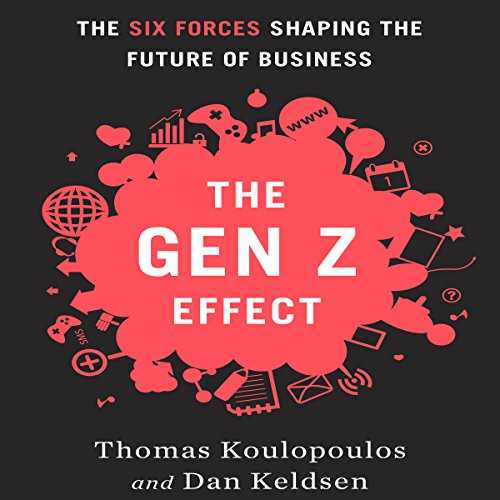When lottery jackpots hit record highs, you can almost feel the buzz. Office pools form. Gas station lines grow longer. Even people who never usually play can’t resist tossing in a couple of bucks. Why? Because the thought of becoming instantly rich—of going from working 9 to 5 to sailing the Caribbean—is such a powerful, seductive force that it distorts our ability to think rationally.
It’s behavioral economics at its finest (or worst): the bigger the potential reward, the more irrational the behavior.
From a financial perspective, playing the lottery is rarely a good decision. According to the Mega Millions website, your odds of winning the grand prize are about 1 in 290 million. Powerball isn’t much better at 1 in 292 million. Those odds are worse than being struck by lightning—twice.
Yet, as the jackpot grows, so does the number of tickets sold. This is because large jackpot numbers trigger a cognitive bias known as the “jackpot effect”—where the potential of a life-changing win clouds objective judgment. It’s not about odds anymore. It’s about possibility.
What’s more, lump sum payouts make lotteries even more profitable. Most state lottery games are structured so that if winners opt for a single lump sum payment instead of a 29-year annuity, the government ends up paying out roughly half of the total advertised jackpot amount. That’s a win for the state, and a psychological win for the player who wants their reward “now.”
But the odds don’t change just because the pot is bigger. In fact, the only real change is that your odds of splitting the prize increase as more people jump in. Ironically, people are willing to risk more money for the same odds—or worse—simply because the prize is bigger.
The same principle applies to entrepreneurship and business.
Too often, entrepreneurs chase the big win—a million-dollar client, a viral product launch, or the fantasy of being the next Elon Musk. Blinded by the magnitude of the potential payoff, they fail to ask the fundamental question: Does the risk justify the reward?
That’s not to say entrepreneurs shouldn’t take risks. Risk is inherent in starting and running a business. But smart entrepreneurs follow a principle called “affordable loss”—a concept coined by Saras Sarasvathy in her work on effectuation theory. Instead of focusing on the massive reward that might happen, they ask: What can I afford to lose?
Contrast that with the entrepreneur who throws every dollar, every waking hour, and every ounce of energy into an unproven idea just because the upside “feels” big. That’s not a strategy; that’s a gamble. It’s the entrepreneurial version of buying a stack of scratch-offs and hoping for the best.
This psychological phenomenon is known as “reward salience”—the idea that the bigger and more vivid the reward, the more attention and weight it carries in decision-making. The danger lies in disproportionate risk-taking fueled by emotional reactions rather than logical assessments.
So, how do you use this insight to improve your sales?
You flip the script. Use the lure of a big reward—but with ethical intent and customer value in mind. Here are a few ways:
- Show the transformation: Don’t just sell a product or service—sell the outcome. How will your customer’s life change? What big benefit will they get? Can you paint a compelling vision of success that feels like a “jackpot” for them?
- Use tiered offers: Offer an entry-level product, a mid-tier, and a premium option. The top-tier offer—priced high with lots of perceived value—serves as the “jackpot” option. Some customers will stretch to get it, even if most don’t.
- Anchor high, deliver value: Introduce your best offer first (the high-ticket one), then show your more reasonably priced alternatives. The first offer makes the others feel like a bargain in comparison.
- Bundle results, not just features: Frame your product as delivering multiple rewards, not just one. Instead of “software to organize your business,” sell it as “more time, fewer errors, and higher profits”—a triple jackpot.
And always be mindful: you’re not trying to trick people into taking a risk. You’re aligning your message with the natural way humans assess value—emotionally, not just logically.
Just remember what the lottery teaches us: people respond to possibility, not just probability. When you make your offer feel like a life-changing opportunity (even if it’s just changing their Tuesday), you’re not just selling—you’re tapping into the very core of what motivates human decision-making.
What big “jackpot” are your customers hoping to win—and how can your business help them get a little closer to it without falling for the trap yourself?












